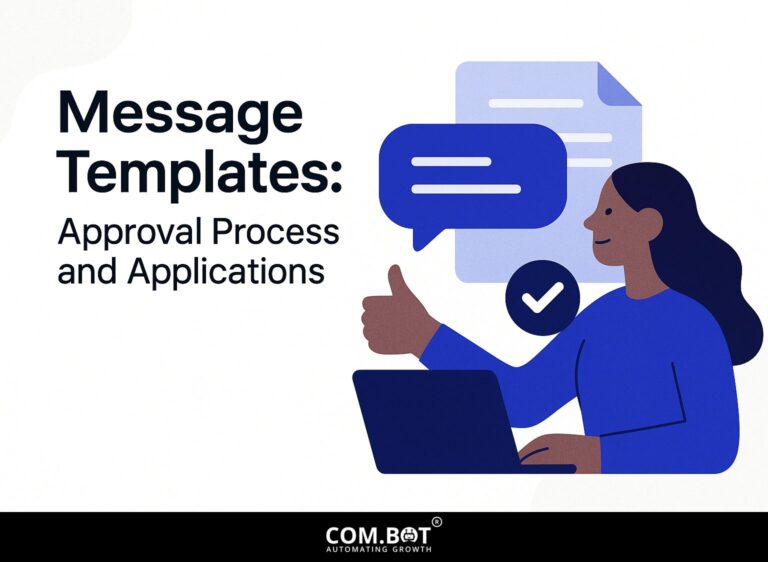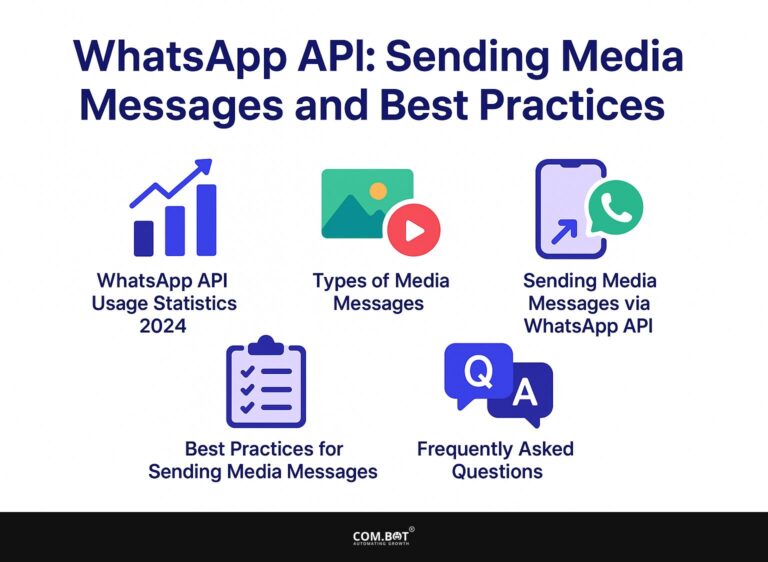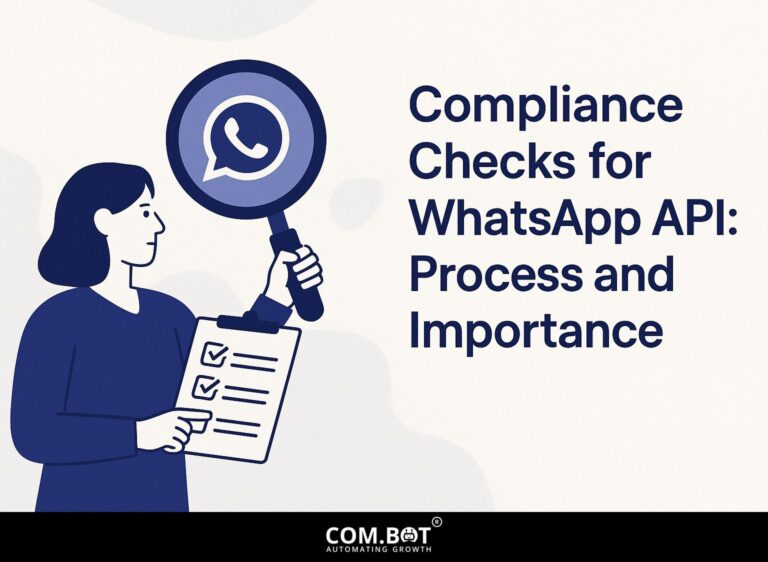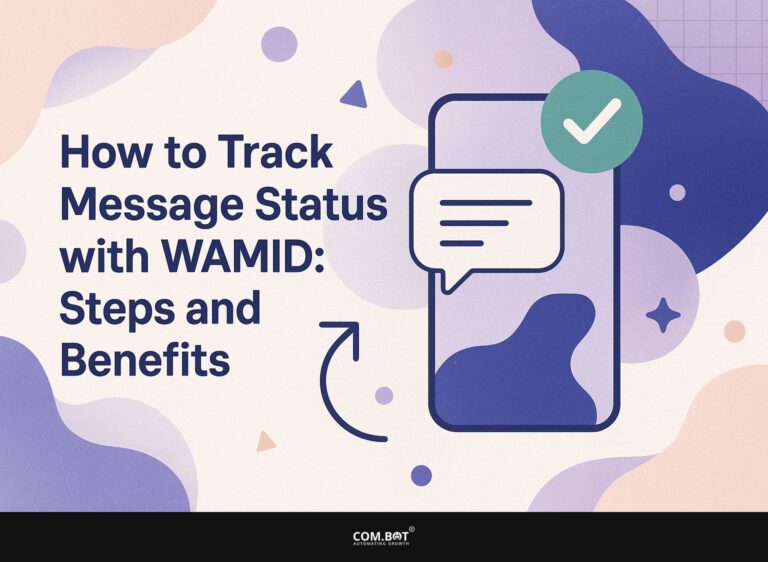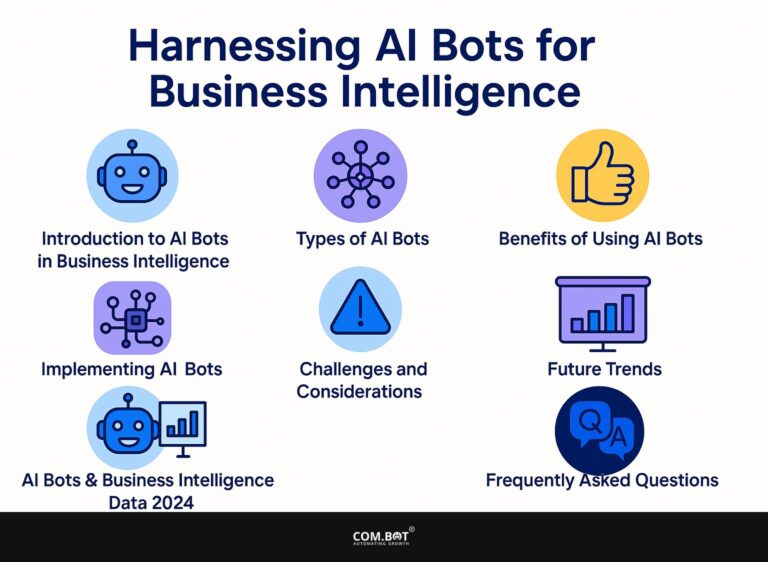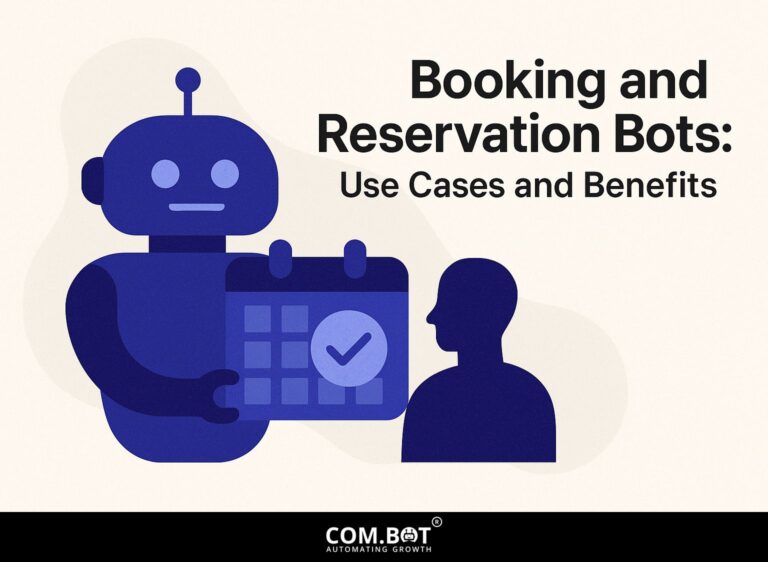How to Send Messages to AI Agents: Step-by-Step Guide
Learn how to effectively send messages to AI agents and improve your automation skills. Whether you are using LangChain to create AI or tools like Notion for workflow automation, knowing how to communicate with these agents is important. This guide will provide you with the skills to work well with AI agents, improving your efficiency and simplifying your tasks. Get ready to change how you use technology!
Key Takeaways:
- Understand the types of AI agents and their common use cases to tailor your communication effectively.
- Choose the right messaging platform based on user experience, accessibility, and the specific AI agent’s capabilities.
- Make clear and concise messages that focus on key points to increase response accuracy and involvement.
- 1 Understanding AI Agents
- 2 AI Messaging Statistics
- 3 Choosing the Right Platform
- 4 Crafting Your Message
- 5 Sending Your Message
- 6 Receiving and Interpreting Responses
- 7 Troubleshooting Common Issues
- 8 Best Practices for Engaging with AI Agents
- 9 Future Trends in AI Messaging
- 10 Frequently Asked Questions
- 10.1 1. What is the purpose of the guide ‘How to Send Messages to AI Agents: Step-by-Step Guide’?
- 10.2 2. What are the initial steps outlined in ‘How to Send Messages to AI Agents: Step-by-Step Guide’?
- 10.3 3. Does ‘How to Send Messages to AI Agents: Step-by-Step Guide’ cover different platforms for messaging?
- 10.4 4. Are there specific tips provided in ‘How to Send Messages to AI Agents: Step-by-Step Guide’ for effective communication?
- 10.5 5. Can I find troubleshooting advice in ‘How to Send Messages to AI Agents: Step-by-Step Guide’?
- 10.6 6. Is ‘How to Send Messages to AI Agents: Step-by-Step Guide’ suitable for beginners?
Understanding AI Agents
AI agents play a key role in automation because they enable systems to make choices and interact with users on different platforms. For a deeper understanding of how AI agents can effectively communicate with users, consider exploring the topic of connecting message sources for AI agents.
Types of AI Agents
There are different kinds of AI agents, such as rule-based systems, machine learning models, and large language models (LLMs), each with its own advantages.
Rule-based systems use set rules and logic to function, which makes them useful for tasks with clear guidelines, like automating data entry or handling basic customer questions.
Machine learning models analyze large sets of data to identify patterns and improve over time. They excel at making difficult decisions, such as forecasting customer behavior.
LLMs, such as Claude or Gemini, can generate human-like responses and understand context, allowing for rich interactions in chatbots or content creation. Selecting the right model depends on your specific needs and the complexity of tasks at hand.
Common Use Cases
AI agents in messaging are often used for customer support, generating content, and acting as personal helpers. One effective implementation is customer support automation, where chatbots like Zendesk handle routine inquiries, significantly reducing response time by up to 50%.
Tools like ContentBot can help create blog posts on popular topics, increasing productivity by 30%. You can provide personal recommendations by connecting to tools like Notion, which helps keep users interested by suggesting options based on what they’ve done before.
Social media management tools that use Discord notifications can notify teams about increases in user engagement, encouraging quick replies and helping to build a community.
AI Messaging Statistics
AI Adoption in Customer Service: Agents With AI Chatbots Solving Complex Problems
The AI Messaging Statistics Share clear information about how businesses are using AI technologies in customer service, especially regarding how well AI chatbots handle difficult issues. This overview presents important statistics that show how AI improves efficiency and customer satisfaction.
According to the data, 64% of customer service agents using AI chatbots reported successfully resolving complex issues, compared to only 50% of those without AI This clear difference shows how using AI can improve problem-solving skills.
- Increased Efficiency: The higher percentage of agents using AI tools illustrates that AI can process information faster and analyze customer inquiries more effectively, thereby reducing resolution time.
- Enhanced Customer Experience: AI helps agents provide quicker and more accurate responses, which improves customer satisfaction and increases the likelihood of customers staying.
- Support for Agents: AI chatbots can handle basic questions, allowing human agents to focus on tougher issues that require empathy and careful consideration.
The data shows that using AI in customer service helps companies work faster and improves the service quality for customers. As businesses change in a digital world, using AI tools will be important for staying competitive and meeting customer needs.
Choosing the Right Platform
Selecting the right AI messaging platform is essential for enhancing user engagement and ensuring clear communication.
1. Popular Messaging Platforms
Some of the most popular AI messaging platforms include Slack, Discord, Microsoft Teams, and WhatsApp, each offering unique features and integrations.
Below is a comparison of these platforms:
| Platform | Price Range | Key Features | Best For |
|---|---|---|---|
| Slack | From $6.67/month | Extensive app integrations, channels, and threads | Professionals and teams |
| Discord | Free with premium | Voice channels, bots, and community building | Gamers and online communities |
| Microsoft Teams | Free – $20/month | Built-in Office 365 integration, video calls | Businesses using Office tools |
Consider your use case; for project management, Slack or Teams is optimal, while Discord thrives in casual settings.
2. Factors to Consider
Factors to consider when choosing an AI messaging platform include scalability, user engagement, and integration with workflow automation tools.
Scalability is important; platforms like Twilio can handle more users without requiring a large investment. Next, examine integration capabilities: tools such as n8n enable seamless connections with various software, enhancing functionality.
User engagement metrics are important; check out HubSpot for its strong analytics that allow you to monitor response rates. Ease of use is essential. Platforms like Drift offer intuitive setups, ensuring a smooth onboarding process. Balancing these factors will help you select the most effective AI messaging solution for your business needs.
Crafting Your Message
Creating a clear message is important for positive interactions with AI agents, affecting how users engage and feel satisfied. To enhance the effectiveness of these interactions, it may be beneficial to explore strategies for developing effective AI bot personas.
Key Elements of Effective Communication
Important parts of good communication are being clear, using the right tone, and ensuring the message is relevant to the situation. These factors improve how users interact with AI agents.
Use simple words and clear language. For example, instead of saying ‘utilize,’ just say ‘use.’ Maintaining an appropriate tone means adjusting your communication style to match the user’s expectations, whether they’re formal or casual.
It’s important to connect your answer to the user’s question. Keep it brief by removing extra details; express your point in as few words as you can.
Include a call to action to guide users on what to do next, like suggesting they ask more questions or provide feedback.
Sending Your Message
Sending messages through AI agents needs a clear plan to make sure the communication is effective.
Step-by-Step Sending Process
- Identify your audience,
- Write clear instructions,
- Select the appropriate tool,
- Check how well it responds,
- Pay attention to feedback.
Begin by pinpointing your intended audience. Knowing what they like will help you shape your messages. Next, create prompts that are clear and interesting. For example, instead of asking “What’s your favorite color?” you might ask, “How does your favorite color show who you are?”
Choose a trustworthy tool such as ChatGPT for creating text or Twilio for sending SMS messages. After creating your first messages, test them with users to see how they react. Try to get feedback from at least 30 people for useful information. Review feedback to improve your method regularly.
Receiving and Interpreting Responses
Figuring out how to read and respond to answers from AI agents is important for enhancing user connections and raising the quality of interactions.
Troubleshooting Common Issues
Problems in AI messaging can affect how users interact with it; finding and fixing these issues is important for achieving good results.
Best Practices for Engaging with AI Agents
Using effective methods is important for improving engagement with AI agents and ensuring user satisfaction. Techniques for gathering feedback from AI systems can significantly enhance these efforts.
Future Trends in AI Messaging
New technologies and trends will influence how AI messaging works, improving automation and the way users interact. For a detailed overview of how various messaging events can be effectively managed, consider our guide on Handling Messaging Events with Azure, which offers valuable techniques and strategies.
Frequently Asked Questions
1. What is the purpose of the guide ‘How to Send Messages to AI Agents: Step-by-Step Guide’?
The guide ‘How to Send Messages to AI Agents: Step-by-Step Guide’ helps users learn how to communicate with AI agents. It explains the steps needed to send messages, making sure users can complete the process easily.
2. What are the initial steps outlined in ‘How to Send Messages to AI Agents: Step-by-Step Guide’?
The initial steps in the ‘How to Send Messages to AI Agents: Step-by-Step Guide’ include selecting the appropriate platform for communication, creating an account if necessary, and familiarizing yourself with the user interface. These foundational steps set the stage for effective interaction with AI agents.
3. Does ‘How to Send Messages to AI Agents: Step-by-Step Guide’ cover different platforms for messaging?
Yes, ‘How to Send Messages to AI Agents: Step-by-Step Guide’ explains different platforms where you can send messages to AI agents, such as websites, mobile applications, and messaging services. This helps users find the right instructions based on the platform they prefer.
4. Are there specific tips provided in ‘How to Send Messages to AI Agents: Step-by-Step Guide’ for effective communication?
The guide provides useful tips for clear communication, such as using simple words, keeping messages short, and asking clear questions. Following these suggestions can lead to better responses from AI agents.
5. Can I find troubleshooting advice in ‘How to Send Messages to AI Agents: Step-by-Step Guide’?
Yes, ‘How to Send Messages to AI Agents: Step-by-Step Guide’ has a part that helps users fix common problems they might face when sending messages. This helps users solve issues quickly and keep chatting without major delays.
6. Is ‘How to Send Messages to AI Agents: Step-by-Step Guide’ suitable for beginners?
Yes, ‘How to Send Messages to AI Agents: Step-by-Step Guide’ is simple to use and great for beginners. It breaks down complex ideas into clear steps, helping anyone start messaging AI agents, regardless of their technical skills.
